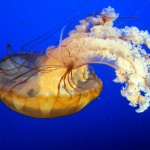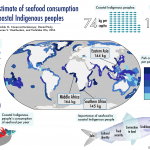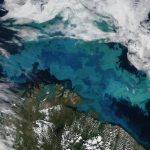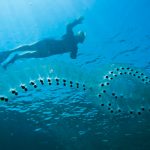Mangrove forests, made up of shrubs and trees with sprawling roots that grow in salt water, provide many services to humans and marine ecosystems. They sequester carbon, pulling it from the atmosphere, and prevent erosion of coastal areas. Due to their unique characteristics, mangrove forests provide an important source of food and shelter for marine species, including many important fisheries. Mangroves cover 150,000 km² of coastline in tropical and warm temperate regions around the world. Rachel Seary, Nereus Fellow at Cambridge/UNEP-WCMC, is currently conducting research to understand both the direct benefits that mangroves have on communities living and fishing within their vicinity and also the indirect benefits that mangroves may have on coastal fisheries productivity in Bali, Indonesia.
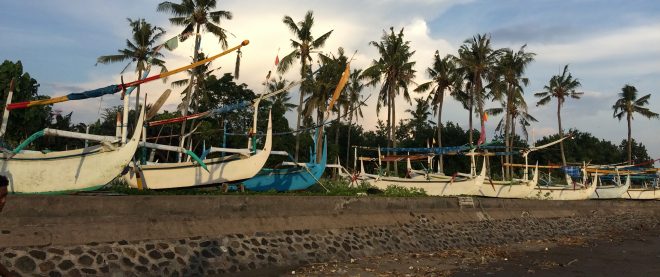
“Jukung”, the boats used by small scale fishers from Air Kuning Village, Jembrana. Image by Rachel Seary.
She is currently doing fieldwork conducting data collection looking at the linkages between mangroves, fisheries and community livelihoods. Bali, with 3067.71 ha of mangrove forest, surrounded by several fishing villages, offers an opportunity for a detailed case study of how mangroves may provide benefit to communities through fishing. Rachel has centred her research in the mangrove-lined Perancak Estuary, which runs through the Jembrana Regency of West Bali and is home to a plethora of fishing activity. She will also visit large mangrove areas in Denpasar, south Bali, and Bali Barat Nature Reserve, northwest Bali, to generate an overview of the variety of interactions different communities have with their local mangrove forest.
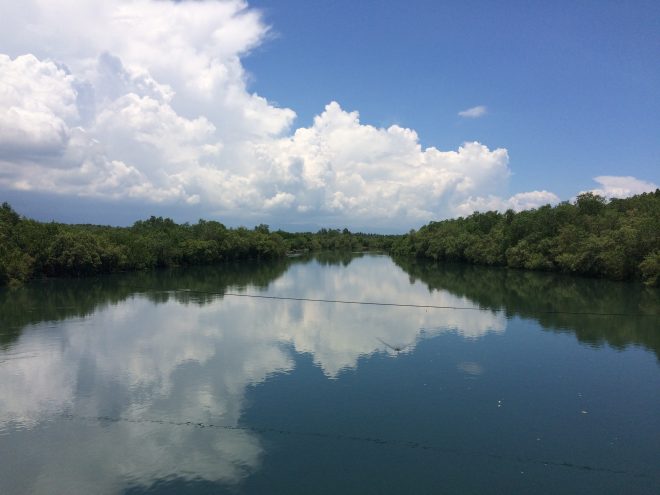
The Perancak Estuary at high tide, the main site of Rachel’s data collection. Image by Rachel Seary.
Currently two weeks into her data collection, Rachel has gathered information amounting to a complexity of interactions with the mangrove forest within and between fishing communities, through interviews with artisanal, recreational, small-scale, and commercial fishers along with other actors in the community using the mangrove such as aquaculture and ecotourism sectors. She looks forward to the findings the remainder of her fieldwork period will bring her.
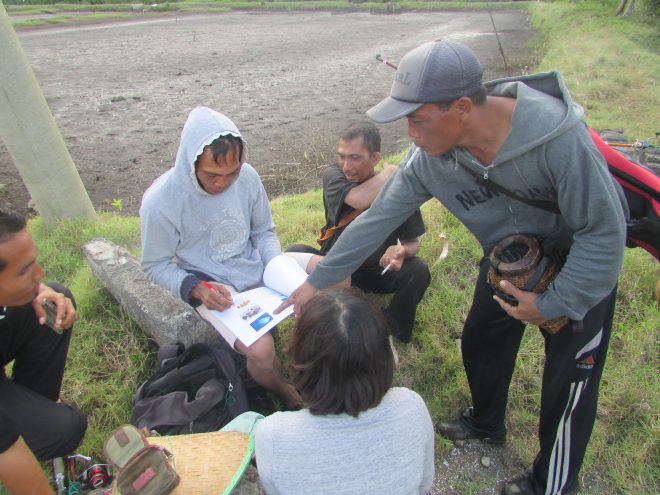
Mangrove fishers point out mangrove fish they find in the area. Image by Rachel Seary.



